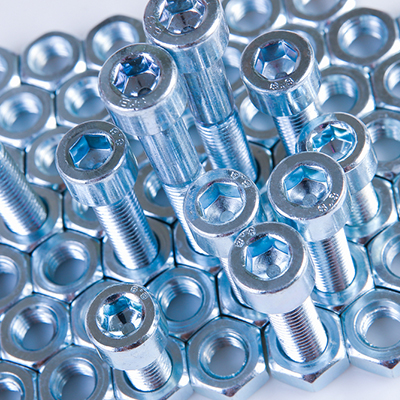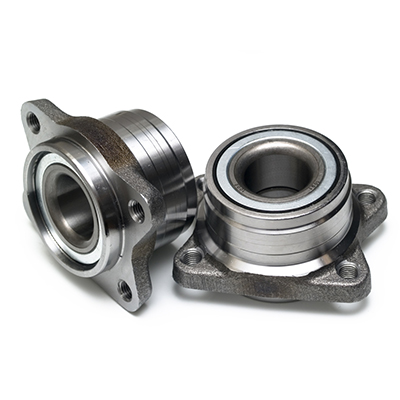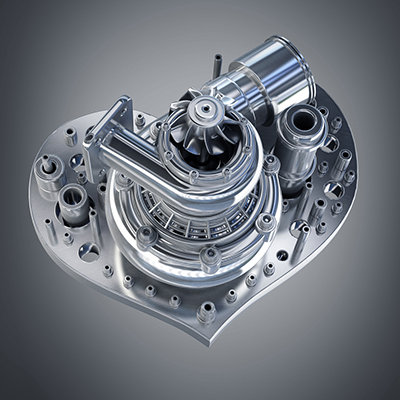ZINC PLATING
Zinc plating is the most common and economical type of plating. Most fasteners and hardware that is found in the local hardware store has been zinc plated. Zinc plating is a sacrificial coating designed to corrode so the part does not. The limitations of zinc are that when the plating begins to corrode the zinc rust is plentiful and unsightly.
Our Zinc capabilities include barrel and rack plating with the ability to bake for hydrogen embrittlement relief. Our barrel Zinc plating process is very delicate on product with critical tolerances and minimal allowance for thread damage. We process Zinc on Steel, Copper, and Brass substrates.

NICKEL PLATING
Nickel electroplating is a process of depositing nickel on a metal part. Parts to be plated must be clean and free of dirt, corrosion, and defects before plating can begin. To clean and protect the part during the plating process a combination of heat treating, cleaning, masking, pickling, and etching may be used. Once the piece has been prepared it is immersed into an electrolyte solution and is used as the cathode. The nickel anode is dissolved into the electrolyte in form of nickel ions. The ions travel through the solution and deposit on the cathode
Decorative bright nickel is used in a wide range of applications. It offers a high luster finish, corrosion protection, and wear resistance. In the automotive industry bright nickel can be found on bumpers, rims, exhaust pipes and trim. It is also used for bright work onbicycles and motorcycles. Other applications include hand tools and household items such as lighting and plumbing fixtures, wire racks, firearms, and appliances.
Engineering nickel is used where brightness is not desired. Non decorative applications provide wear and corrosion protection as well as low-stress buildups for dimensional recovery.

CHROME PLATING
Chrome plating (less commonly chromium plating), often referred to simply as chrome, is a technique of electroplating a thin layer of chromium onto a metal or plastic object. The chromed layer can be decorative, provide corrosion resistance, ease cleaning procedures, or increase surface hardness. Sometimes a less expensive imitator of chrome may be used for aesthetic purposes. Chrome plating a component typically includes these stages:
- Degreasing to remove heavy soiling
- Manual cleaning to remove all residual traces of dirt and surface impurities
- Various pretreatments depending on the substrate
- Placement into the chrome plating vat, where it is allowed to warm to solution temperature
- Application of plating current for the required time to attain the desired thickness
There are many variations to this process, depending on the type of substrate being plated. Different substrates need different etching solutions, such as hydrochloric, hydrofluoric, and sulfuric acids (also called sulphuric acid). Ferric chloride is also popular for the etching of Nimonic alloys. Sometimes the component enters the chrome plating vat electrically live. Sometimes the component has a conforming anode made from lead/tin or platinized titanium. A typical hard chrome vat plates at about 1 mil (25 µm) per hour.

